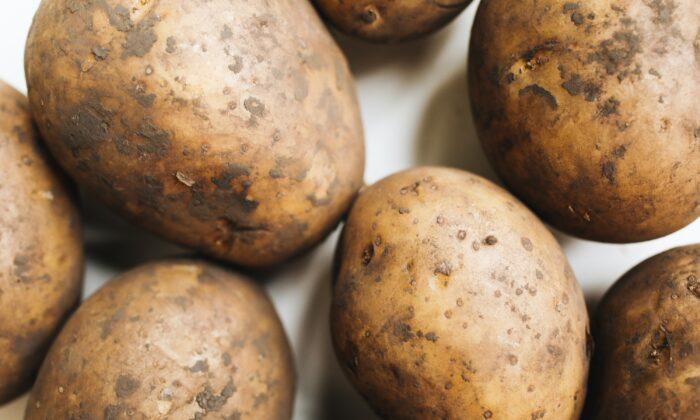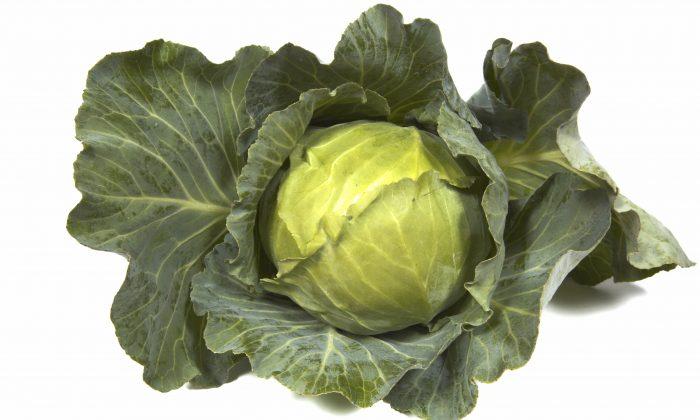When my daughter was born 30 years ago, my Romanian grandmother taught me a few traditional things about taking care of her. One of the most vivid in my memory is my grandmother’s tips for how to bathe her.
My grandmother brought up four children while living in an isolated home in a forest, so she knew how to use everything in Mother Nature to keep her children healthy.
Indeed, the forest offered a bounty of resources for the human body, and one of the best things for a baby’s sensitive skin she said were herbal infusions.
In particular, oregano, which grew wild and abundantly on the forest edges, was one of the best herbs.

When I bathed my daughter, we'd add chamomile and silver linden flowers in a cheesecloth bag to her bath water. My daughter was born in Romania, so together, my grandmother and I would go collect fresh herbs for her bath, dry and then use them for the whole winter.
The bath had a golden color, a mesmerizing fragrance, and was so soothing for my daughter. After her bath, I would rub chamomile oil into her skin for hydration and protection.
I believe this is the reason she had velvety skin and never a rash. Although my grandmother’s knowledge was based on traditional wisdom, there is strong scientific basis to explain why these plants are so beneficial for a baby’s skin.
Oregano (Origanum vulgare). Oregano contains essential oils rich in active components like timol, carvacrol, tanoids, dipenten, and selinen. These give the plant its strong fragrance and also have very strong antibacterial and anti-viral properties.

They have also a calming effect on the smooth muscles and central nervous system. Today, aromatherapists consider oregano essential oil the strongest natural antibiotic available.
Chamomile (Matricaria recutita). The plant has beautiful petite and fragrant flowers rich in etheric oils, including chamazulin and bisabolol. These components are antiseptic and calming, regenerate the skin, and help it heal by promoting healthy scarring.
Chamomile extract has numerous benefits, including enhancing skin metabolism and helping treat acne and other skin problems.

Silver Linden. The flowers of silver linden, also called silver lime (Tilia tomentosa), have a delicious fragrance and have been used since ancient times in teas for treating insomnia. They contain soothing mucilaginous substances formed of galacturonic acid, galctose, ramnose, and arabinose.
Its volatile oils contain farnesol, which gives the flower its characteristic sweet fragrance. Overall, its components have purifying, anti-inflammatory, and relaxing effects that decrease the cerebral agitation and induce a calm, deep, and restful sleep.
Today, silver linden flowers are used in extracts and tea formulas to treat sleep disorders, anxiety, coughs, colds, and influenza.
Mihaela Enache, Ph.D., is a scientist who grew up in a century-old forest. Awed by nature’s beauty and power for the human body and soul, and with a keen interest in exploring its boundless resources for health, she later pursued studies in geological and biological sciences.




Friends Read Free